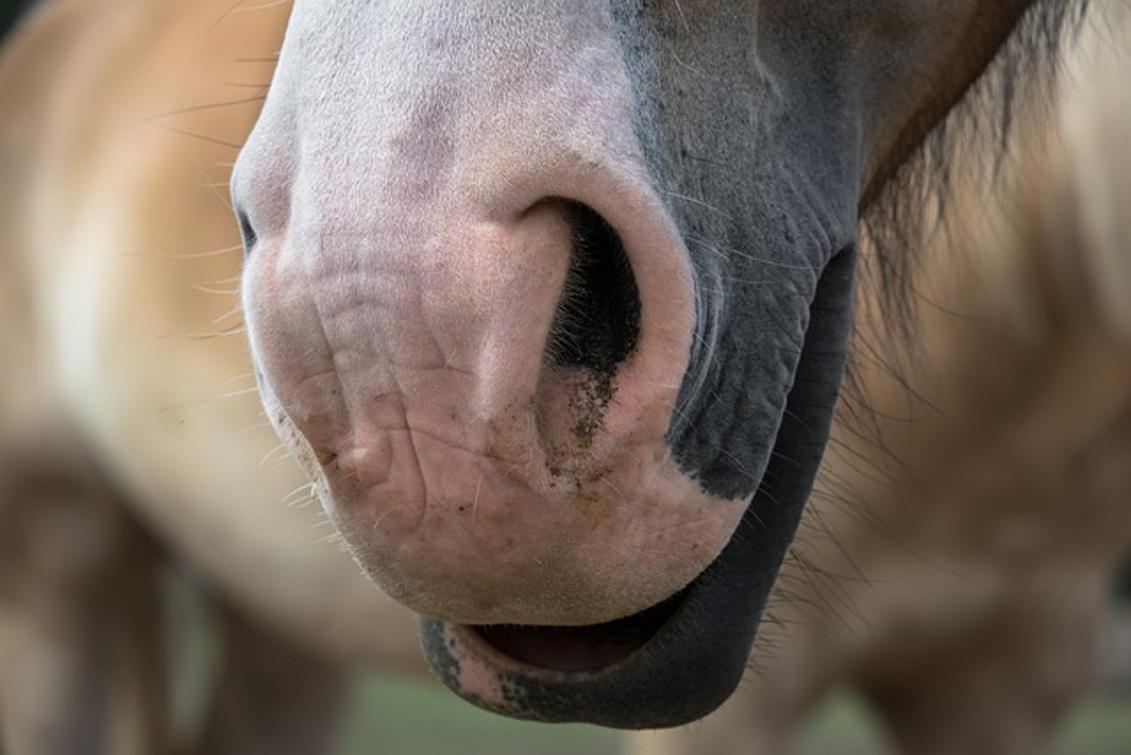Introduction
Inserting a nose bone stud can seem daunting, especially if you’re new to body piercings. However, with the right preparation, tools, and knowledge, you can insert a nose bone stud with confidence and minimal discomfort. This guide will walk you through understanding nose bone studs, preparing for insertion, and the actual process step by step. We will also cover troubleshooting common issues and aftercare tips to ensure your piercing stays healthy and looks great.

Understanding Nose Bone Studs
What is a Nose Bone Stud?
A nose bone stud is a type of jewelry specifically designed for nose piercings. Unlike nose rings or screws, a nose bone stud has a straight post with a small, often decorative, ball or gem at one end and a slightly larger ball at the other to keep it securely in place.
Benefits of Nose Bone Studs
Nose bone studs are popular for several reasons:
– Comfort: They are typically more comfortable than other nose jewelry types.
– Ease of Use: They are straightforward to insert and remove compared to captive bead rings or screws.
– Aesthetic Appeal: They offer a sleek and minimalist look, with various designs to complement any style.
Different Types of Nose Bone Studs
Nose bone studs come in a variety of materials, including surgical steel, titanium, gold, and acrylic. They also vary in design, from simple metal balls to intricate gems and shapes, allowing you to personalize your nose piercing according to your taste.
Preparation Before Insertion
Proper preparation is essential to ensure a smooth process and minimize the risk of infection or irritation.
Essential Tools and Supplies
Gather the following items:
– A new or sterilized nose bone stud
– Antibacterial soap
– Saline solution or alcohol wipes
– A clean towel or tissue
– Optional: Numbing cream (available at pharmacies)
Hygiene and Sterilization
Ensuring cleanliness is crucial to prevent infection:
1. Wash your hands thoroughly with antibacterial soap.
2. Sterilize the nose bone stud by soaking it in rubbing alcohol or wiping it with an alcohol wipe.
3. Clean the area around your nose piercing with antibacterial soap and pat dry with a clean towel.
Choosing the Right Size and Style
Select a nose bone stud that fits your piercing comfortably. The stud should not be too tight, causing irritation, nor too loose, making it prone to falling out. Choose a design that suits your style but is practical for everyday wear.

Step-by-Step Guide to Inserting a Nose Bone Stud
Here are the detailed steps to insert your nose bone stud safely and effectively.
Step 1: Wash Your Hands and Nose
Wash your hands with antibacterial soap to remove any germs. Clean the outside and inside of your nose around the piercing site to ensure it’s free of bacteria.
Step 2: Clean the Stud and Piercing Site
Use an alcohol wipe or saline solution to clean the nose bone stud. Also, apply the cleaning solution to the piercing site to disinfect the area.
Step 3: Locate and Align the Piercing Hole
Locate your piercing hole by gently touching the inside of your nostril. Insert a clean, sanitized pin or the narrow end of the nose bone stud into the piercing hole to ensure it’s open and clear.
Step 4: Gently Insert the Stud
Carefully insert the nose bone stud into the piercing hole:
1. Hold the stud by the decorative end.
2. Gently push the straight post through the hole.
3. Apply slight pressure until the larger end holds the stud in place.
Step 5: Ensure the Stud is Secure
After insertion, make sure the nose bone stud is secure. It should sit comfortably without excessive movement or dropping out. If it feels loose, consider using a stud with a slightly larger end or consult with a professional piercer.

Troubleshooting Common Issues
Difficulty Finding Piercing Hole
If you’re having trouble finding the hole, use a lighted magnifying mirror or ask someone to help guide the stud into place.
Managing Pain During Insertion
If you experience discomfort, apply a small amount of numbing cream around the piercing area beforehand. This will ease the process.
Solutions for Tight or Loose Studs
If the stud feels too tight, you might need a smaller size. If it’s too loose, a stud with a broader end may help secure it better. Always ensure you’re using jewelry suitable for fresh piercings.
Aftercare Tips
Proper aftercare is vital to avoid complications and ensure your piercing heals well.
Immediate Post-Insertion Care
Immediately after insertion:
– Clean the area with saline solution twice daily.
– Avoid touching or twisting the stud unnecessarily.
– Keep makeup and facial products away from the piercing.
Long-Term Maintenance
For long-term care:
– Continue cleaning the site regularly.
– Avoid trauma to the piercing (e.g., bumping or snagging).
– Use high-quality jewelry to prevent allergic reactions.
Identifying and Treating Infections
Look out for signs of infection, such as redness, swelling, or pus. If you notice any of these:
– Clean the piercing site with saline solution.
– Apply an antibacterial ointment.
– Consult a healthcare professional if symptoms persist.
Conclusion
Inserting a nose bone stud can be a simple and stress-free experience with the right knowledge and preparation. By following this comprehensive guide, you can ensure a smooth process and maintain your piercing healthily. Remember to prioritize hygiene and perform regular aftercare for the best results.
Frequently Asked Questions
Can I Change My Nose Bone Stud Frequently?
It’s best to wait until your piercing is fully healed before changing your nose bone stud frequently. Doing so before healing can cause irritation or infection.
What Should I Do If My Nose Bone Stud Falls Out?
If your nose bone stud falls out, clean it and your piercing site thoroughly before reinserting it. If you can’t manage to insert it back, seek professional assistance.
How Long Does It Take for a Nose Piercing to Heal?
A nose piercing generally takes around 4 to 6 months to heal completely. However, healing times can vary depending on individual care and body response.
